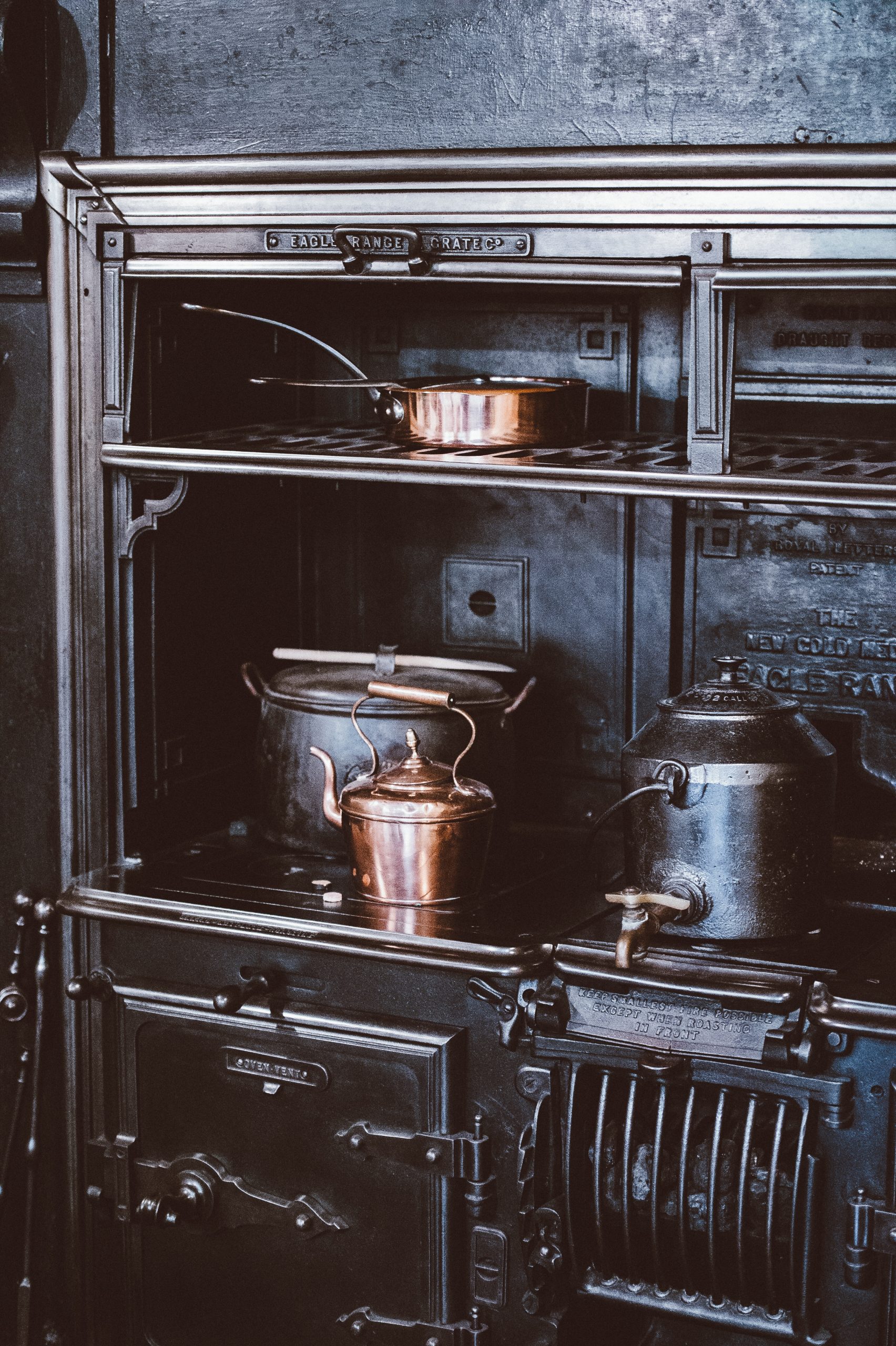The modern kitchen space has evolved into a haven of culinary creativity and social interaction. With this evolution, there has been an introduction of a multitude of kitchen appliances and fixtures designed to enhance convenience and elevate the aesthetic appeal. Among these features, the pot filler has become a topic of considerable debate. Is it a luxury convenience or an unneeded expense? This comprehensive guide will delve into the pros and cons, cost implications, aesthetic value, and functional aspects of pot fillers.
What is a Pot Filler?
Also known as a kettle filler or pasta arm, a pot filler is a specialized faucet located directly over the stove. It is designed to fill pots with water at the cooking area, eliminating the need to carry heavy pots from the sink to the stove. Pot fillers usually come with a foldable arm for easy storage when not in use and a faster flow rate compared to an average kitchen tap.
The Appeal of Pot Fillers
Convenience
The primary appeal of a pot filler is the convenience it offers. It is undoubtedly a useful tool for those who frequently cook meals that require large pots of water. It eliminates the task of carrying a heavy pot filled with water from the sink to the stove, which can be a hazard in a busy kitchen.
Time Efficiency
Pot fillers, with their superior flow rates, can fill pots at almost double the rate of a traditional kitchen faucet. This efficiency can significantly reduce the time spent in the kitchen, especially for those who multitask during cooking.
Aesthetic Value
From a design perspective, pot fillers add an undeniable touch of luxury and sophistication to a kitchen. When paired with a stunning backsplash and a quality stove, a pot filler can be an attractive focal point that enhances the overall kitchen decor.
The Criticism Against Pot Fillers
While the advantages of pot fillers are quite compelling, they also come with their fair share of disadvantages that prompt some to question their value.
Installation and Maintenance Cost
Installing a pot filler involves running a new water line to the stove area, which can be a complex and costly process, especially in kitchens where plumbing isn’t already in place. The costs go beyond the initial installation, with maintenance and potential repair costs to consider.
Cleaning Challenges
Located above the stove, pot fillers are exposed to splatters and grime from cooking. Their design, often featuring multiple jointed arms, can make them difficult to clean. This could add another chore to the cleaning routine, which may not be appealing to everyone.
One-way Function
While a pot filler eliminates the need to carry a full pot of water from the sink to the stove, it does not provide a solution for carrying the pot back to the sink to drain the water after cooking. Therefore, some argue that the convenience it offers is only partial.
Potential for Damage
Without a drain installed underneath, any leaks or spills from a pot filler could potentially damage the cooktop or cause water to collect within the walls or on the floor. This potential risk is a significant consideration when deciding on a pot filler installation.
The Cost vs Utility Debate
The decision to install a pot filler often comes down to a cost vs utility analysis. A pot filler can cost between $475 and $1,100, and that’s not including the installation cost. Therefore, it’s essential to consider how much you would actually use the pot filler.
For serious home chefs, those with large kitchens, or those frequently cooking large quantities of food, a pot filler might be a smart investment. However, if you’re a casual cook or have a compact kitchen, the cost may not be justified.
The Verdict
Like any kitchen feature, the value of a pot filler is subjective and largely depends on an individual’s cooking habits, kitchen layout, and budget. If you frequently cook meals that require large pots of water and have the budget for the installation, a pot filler could be a valuable addition to your kitchen.
In contrast, if you rarely find yourself filling large pots with water or are on a tight budget, the cost of a pot filler might outweigh the convenience it offers. In this case, investing in other kitchen improvements or appliances might provide more value.
Ultimately, the decision to install a pot filler should be based on a careful evaluation of your specific needs, lifestyle, and budget. It’s always advisable to consult with a kitchen design professional who can provide tailored advice based on your unique circumstances.
When carefully chosen and properly installed, a pot filler can indeed be a luxury convenience that enhances your cooking experience and adds a touch of sophistication to your kitchen. On the other hand, it can also be an unneeded expense if not utilized to its full potential. The key is to make an informed decision that you will be happy with for years to come.

